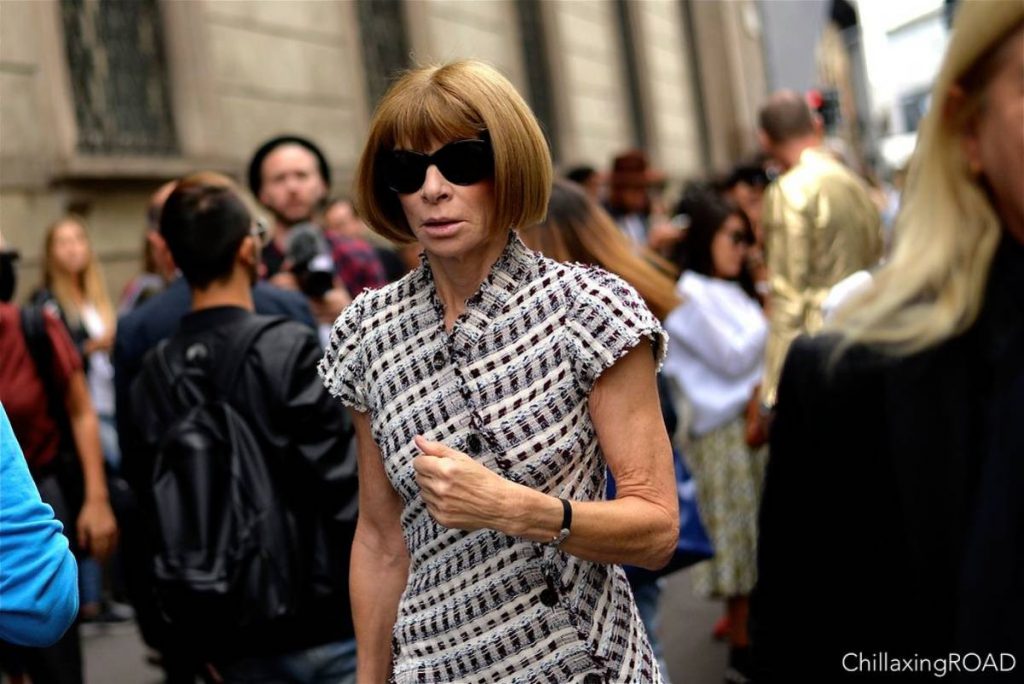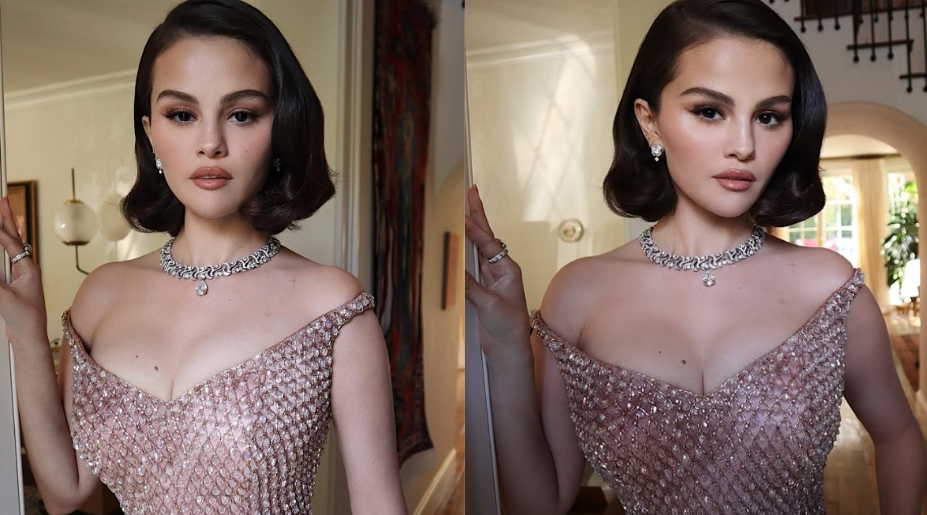The Psychology of the Color Red
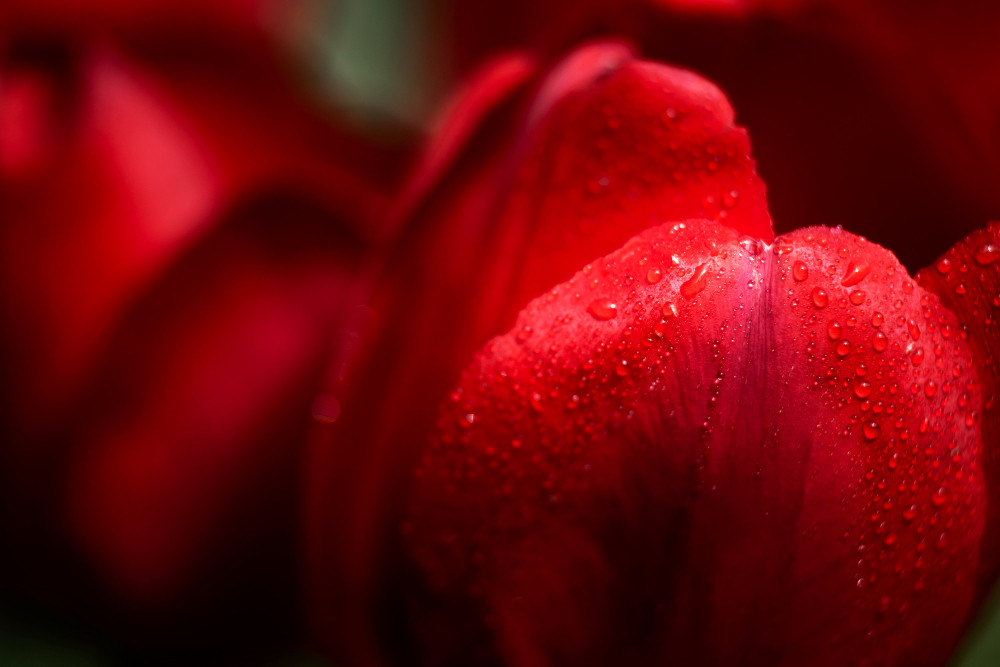
©️ Freepik
Have you ever thought about how the color red makes you feel? What are the emotions this powerful color awakens in humans? Does this color have as strong of an effect as its reputation? And what did Taylor Swift mean when she said “Loving him was red; Oh burning red”? Research in red color psychology is here to feed our curiosity.
Red Color Psychology
Unlike cooler colors such as green and blue, typically considered serene and calming, red stands out as the hottest and most emotionally charged color in the spectrum. Its intense hue has been extensively studied, revealing connections to passion, love, power, and confidence.
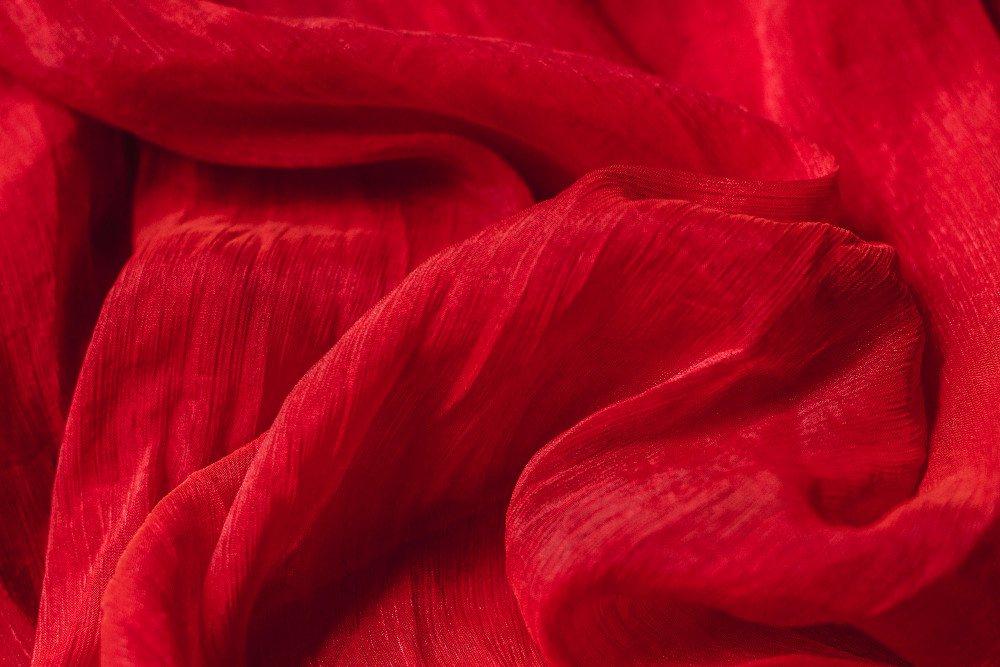
A comprehensive 2020 study, involving 4,598 participants from 30 countries, explored the emotional associations people commonly attribute to specific colors. The findings revealed shared perceptions across cultures, with 68% of people associating red with love. This is probably what Taylor Swift was thinking when she wrote “Red.”
Symbol of Passion and Desire
Wearing red is often associated with passion, love, and desire. This may explain why people in red are consistently rated as more attractive by the opposite sex.
In a significant 2008 study, researchers presented men with images of a woman wearing either a red or blue shirt and asked them to rate her attractiveness. The results revealed that men consistently rated the woman in red as more sexually desirable. Some researchers propose that the association between red and sexual arousal may be linked to increased blood flow, which imparts a reddish tone to the skin during arousal.
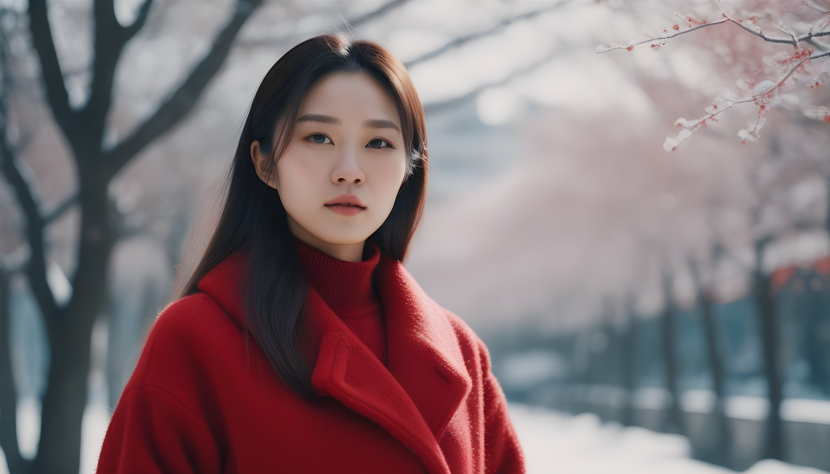
Red and Confidence
In a 2017 research by Berthold, Reese, and Martin, 180 university students were instructed to wear either red or blue shirts. The study aimed to extend previous research on the attractiveness-enhancing effect of the color red. Researchers conducted three experiments where participants were asked to wear either a red or a blue shirt. They were seated in front of a mirror and rated their own attractiveness. The study was based on the color-in-context theory, hypothesizing that individuals would perceive themselves as more attractive under red chromatic conditions.
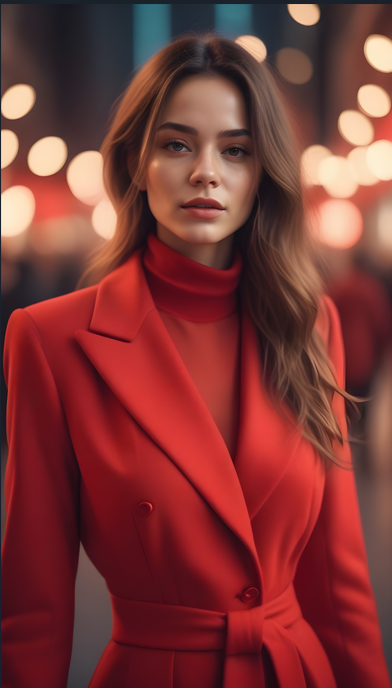
Consistent with their hypothesis, participants in the red shirt condition reported a higher level of self-attractiveness compared to those in the blue shirt condition. In other words, the research suggests that individuals perceive themselves as more attractive when in the presence of the color red. This contributes to their overall level of confidence.
Red in Sports
Interestingly, the influence of red extends to the arena of sports. Studies conducted during the 2004 Olympics in Athens found that athletes randomly assigned red clothing in boxing, Greco-Roman wrestling, freestyle wrestling, and taekwondo tended to win more fights. This advantage is attributed to the perception of dominance associated with the color, influencing both athletes and referees.

Another study analyzing 68 top English football teams from 1946 to 2013 found that teams donning red shirts tended to win more matches. The subconscious confidence instilled by the color red influenced not only the players but also their opponents.
Red Variations
Considering that red has many variations, an article in Medium has differentiated the three variations of red and their meaning.
According to them:
1. Crimson, subtly infused with a hint of blue, represents a steadfast pursuit of success without causing disruption to others. It emanates sensuality rather than overt sexuality, projecting a balanced and measured approach to achieving goals.
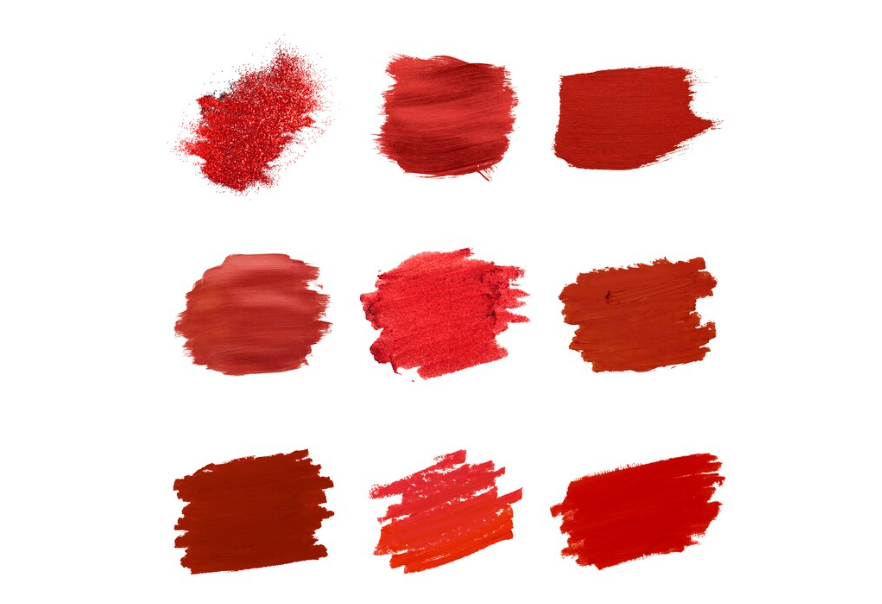
2. Burgundy, characterized by its deep purplish-red tone, exudes an air of sophistication, seriousness, and restrained energy when compared to true red. This color symbolizes controlled power, determined ambition, and dignified action, making it a favored choice among the affluent.
3. Scarlet, incorporating a touch of orange, possesses a vibrant richness and brightness. This hue reflects enthusiasm and a zest for life, offering a slightly less intense and more playful vibe than true red. With a hint of defiance, scarlet communicates a spirit of joyous determination.
You might also want to read: The Power of Color: Unraveling the Psychology Behind Colors

